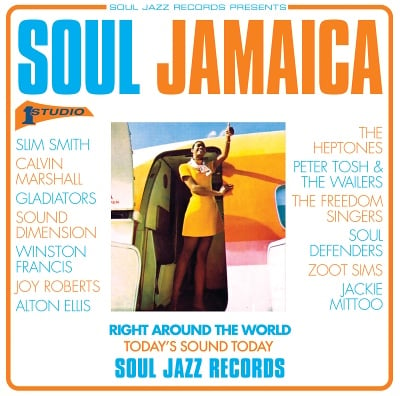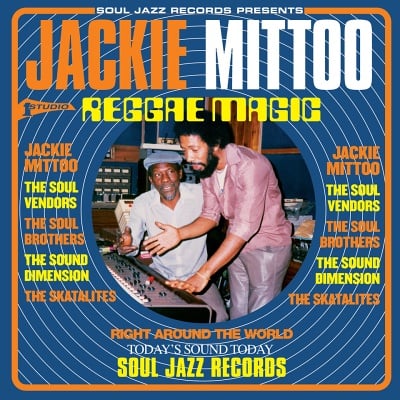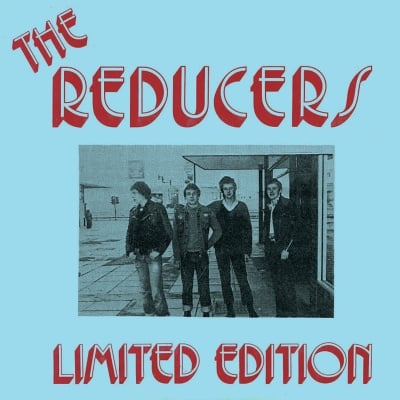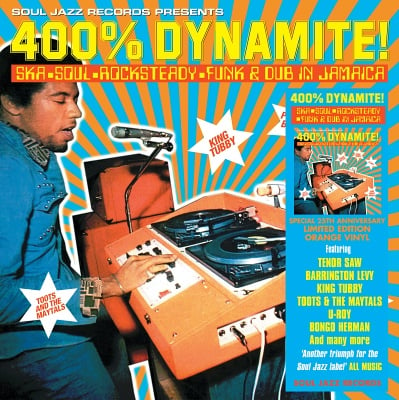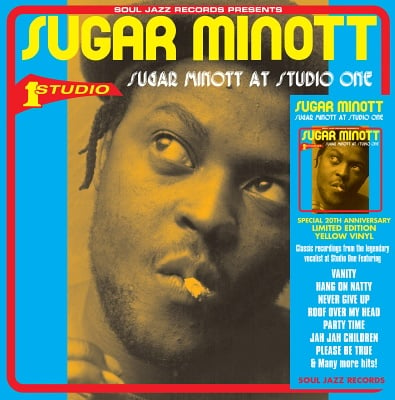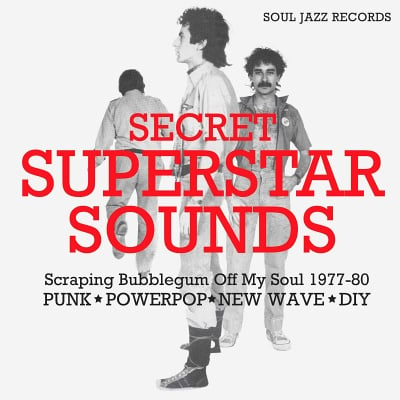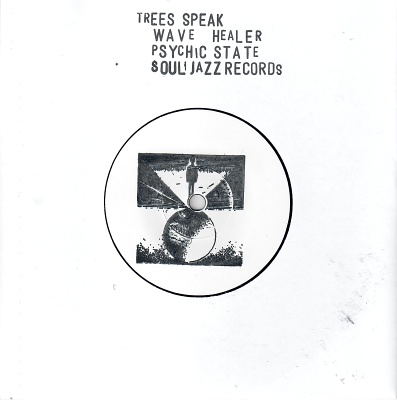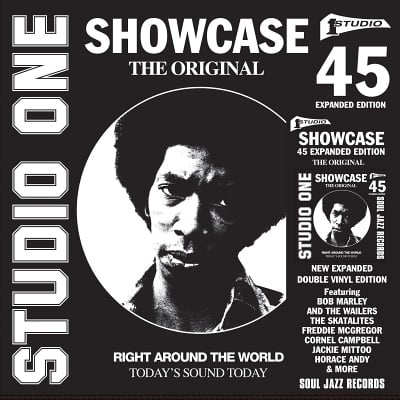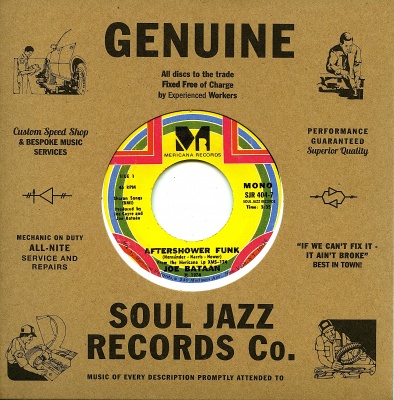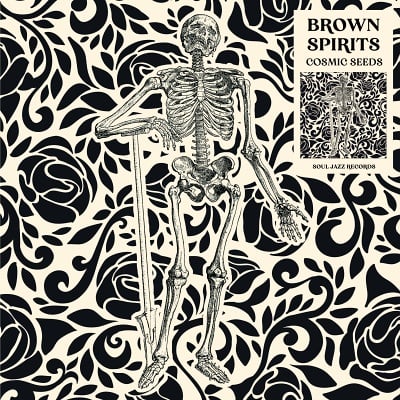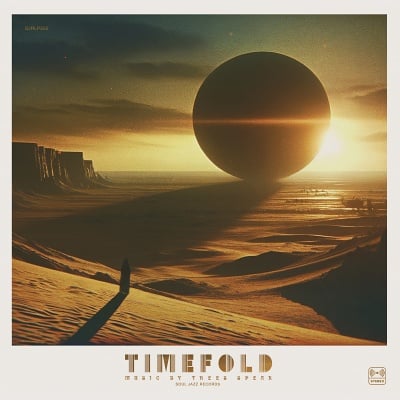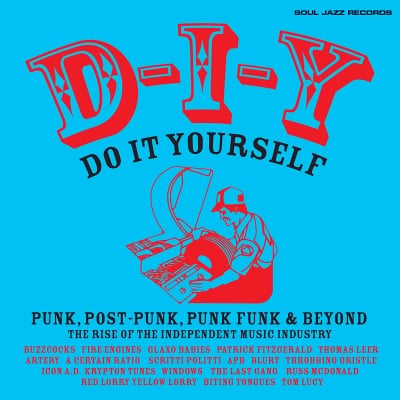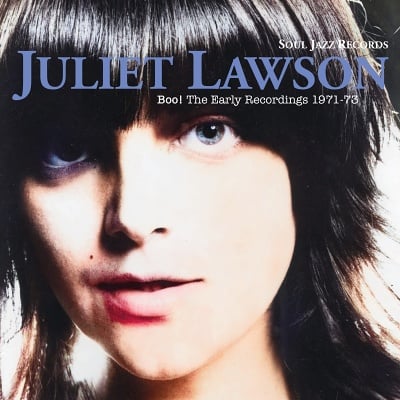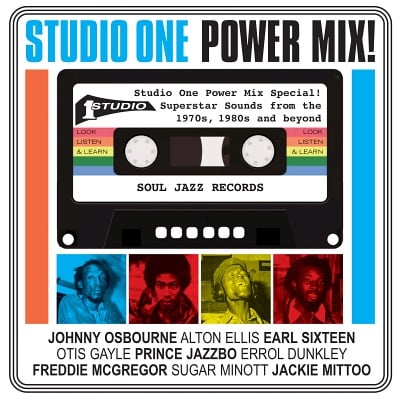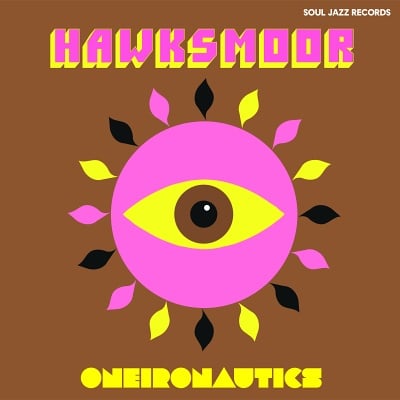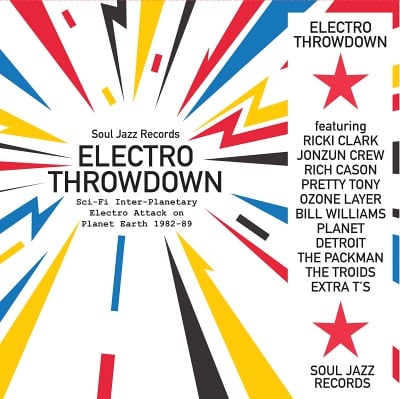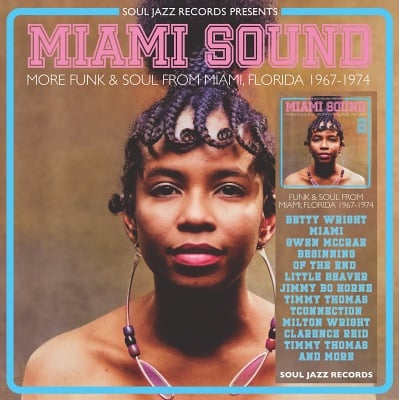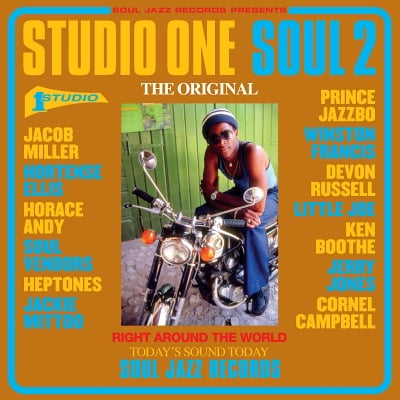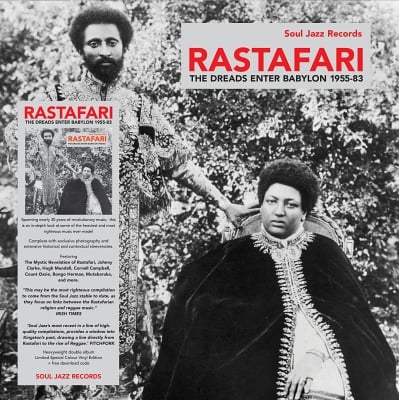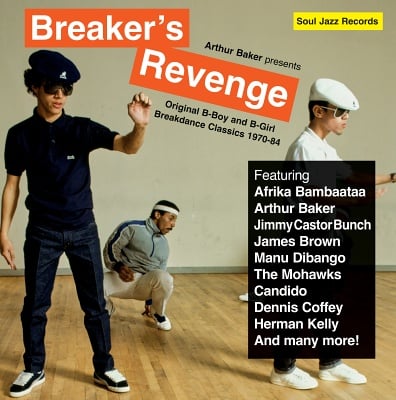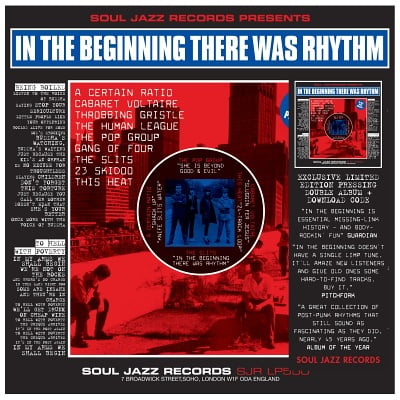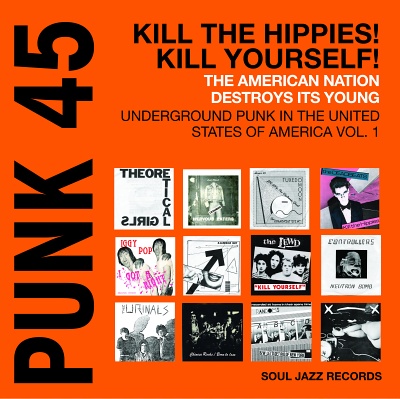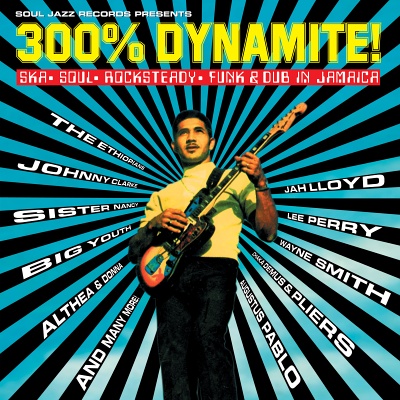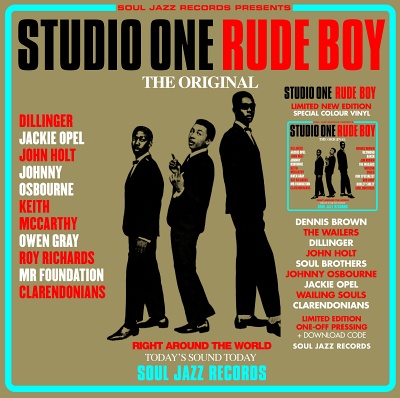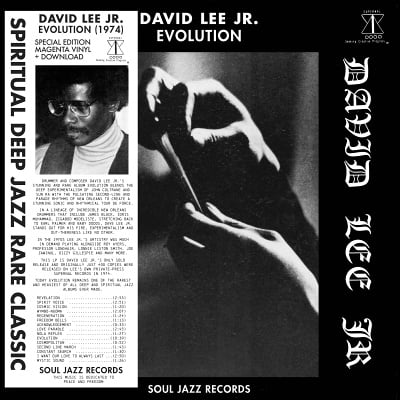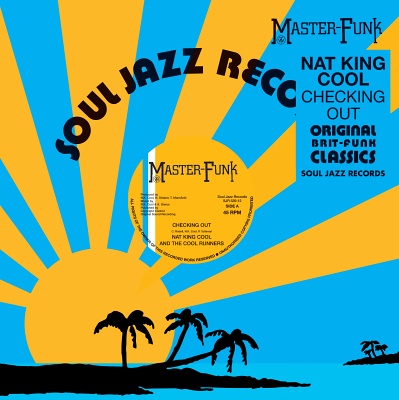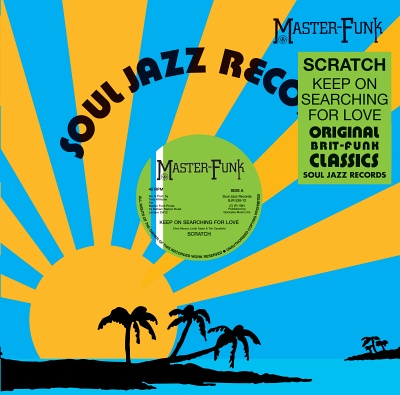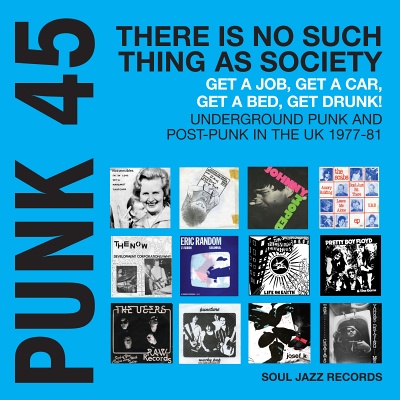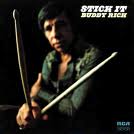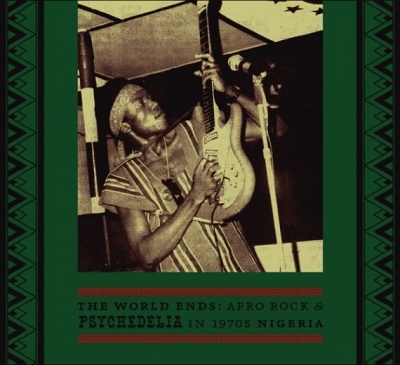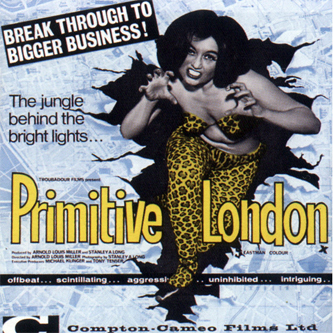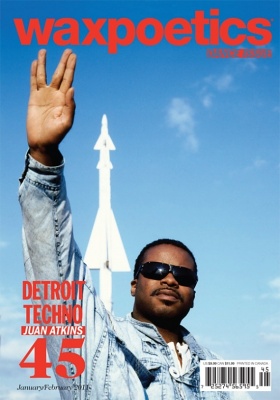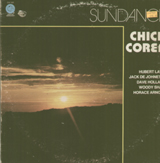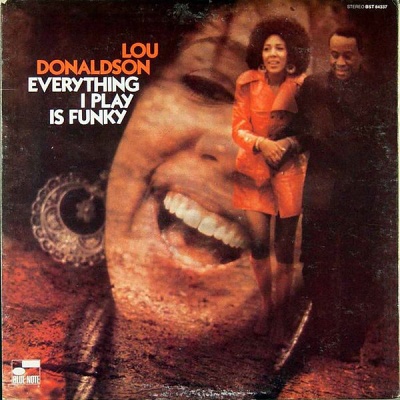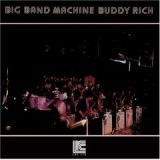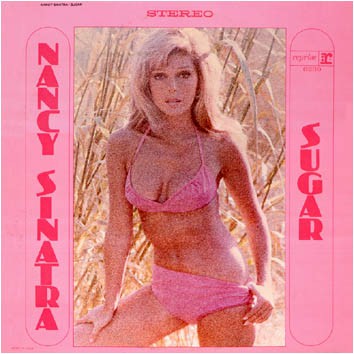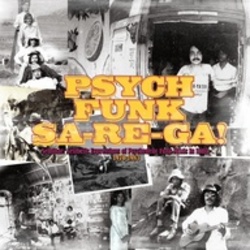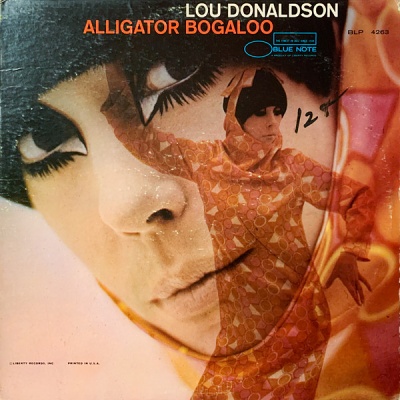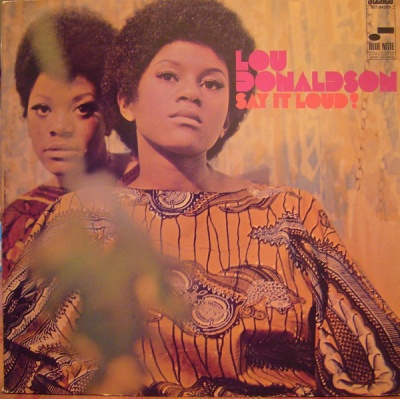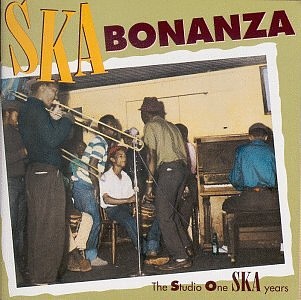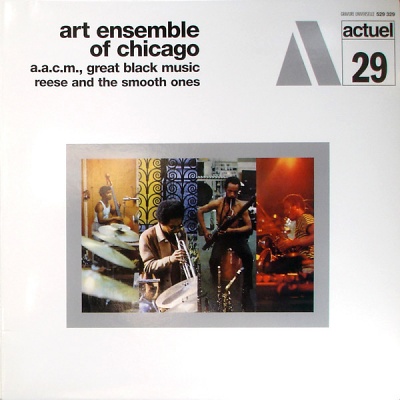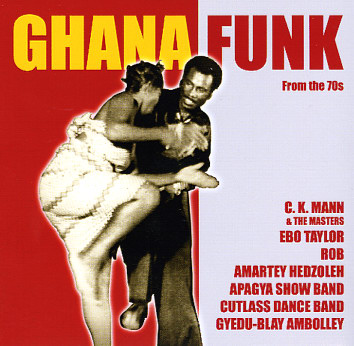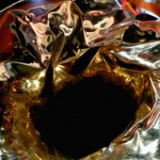Tristram Cary It's Time For Tristram Cary : Works For Film, Television, Exhibition And Sculpture
Trunk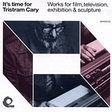
- CD JBH035CD£9.99Out of stock Notify me when in stock
- Tristram Cary – music for light (red/white)
- Tristram Cary – Visible Manifestations ( F 31)
- Tristram Cary – A Hill, Some Sheep And A Living (1M 1 take 2)
- 1. music for light (red/white)
- 2. music for light (short orange)
- 3. )Music For Light (Red / Green / White dubbing track)
- 4. Visible Manifestations (E1 A - D)
- 5. Visible Manifestations ( F 31)
- 6. Visible Manifestations (E11, E12, E13, E14 A - E))
- 7. A Hill, Some Sheep And A Living (1M 1 take 2)
- 8. A Hill, Some Sheep And A Living (M6 take 3)
- 9. Opus (M1 ? Electronic Titles, montage of metal sounds)
- 10. Opus (House Sequence / Cocktail Party Montage)
- 11. Opus (House Sequence continued)
- 12. Opus (M6 A take 3)
- 13. Opus (Green, drum track with reverb)
- 14. Tests, for Casino Royale (Opening section)
- 15. Tests, for Casino Royale (Torture SFX Part 1 ? persuasion by pain)
- 16. Tests, for Casino Royale (Torture SFX Part 2
- 17. Tests, for Casino Royale (Further SFX)
- 18. Centre Music
- 19. Escalator Music
- 20. Shaped For Living (1M1, 7 sounds)
- 21. Shaped For Living (1M5, 8 sounds)
- 22. Shaped For Living (1M6 sounds 5 ? 9)
- 23. Shaped For Living (1M7, 18 sounds)
- 24. Shaped For Living (2M8, 5 sounds)
- 25. Shaped For Living (mixed track)
- 26. The Curious History Of Money (effects Part 11)
- 27. The Curious History Of Money (M12)
- 28. Divertimento (Start)
- 29. Divertimento (Performance Tape section 2)
- 30. 3 4 5 - A Study On Limited Resources
- 31. Narcissus
In the last few years intrepid music lovers have been investigating and enjoying the work of pioneering electronic musicians, electro-acoustic artists and all the groovy folks who spent hours manipulating and cutting tape to make new and exciting sounds. It's meant that lots of interesting figures have been brought back into our musical view. But one of the most important, innovative, influential and almost forgotten artists of them all is Tristram Cary. He hasn't had that much exposure over the last few years. Not much at all considering he's known as the father of electronic music! Without Tristram's inventions and musical experiments Dr Who would sound very different. We'd have no VCS 3 synthesisers, no Brian Eno, no crazy electronics for Pink Floyd, no all sorts of things in fact. He's a very important man, but somehow has been overlooked. Well now his story is here. And some of his unreleased experimental music is here too.
Born in Oxford, he was the third son of famed novelist Joyce Cary (Mr Johnson, The Horses Mouth etc). Had a keen interest in music, science and electronics. He studied at Trinity college and served as a radar operator in the Royal Navy as war broke out. After the war he began building an electronic music studio (the first of its kind in the UK) experimenting with discarded military equipment. By 1954 he was earning a living as a composer, and in 1955 got the job of writing all the music for new Ealing movie The Ladykillers. He worked for the BBC on many occasions, most infamously creating the music and otherworldy effects for the Dr Who Daleks seven part series in 1963 (this is the series in which the Daleks first appear). In 1967 he founded the Royal College Of Music Electronic Studio, wrote the groundbreaking music for Hammeras Quatermass And The Pit, and in 1969 along with Peter Zinovieff and David Cockerell founded EMS (Electronic Music Studios), the UK's first ever synthesiser company. Their first major products included the VCS 3 synthesiser, the suitcase Synthi and the Delaware, equipment that became the modern musical tools of their times. Pink Floyd, Brian Eno and the BBC Radiophonic Workshop would have all sounded very different without EMS equipment. On demonstration tour in Australia he was offered further work, and moved to Adelaide 1974 where he worked at the University under a number of different musical titles. He left in 1986 and returned to composing, and in 1991 received the Medal Of The Order Of Australia for services to Australian music. He carried on developing sound, consulting and composing for the rest of his life. *This is the first time music much of Tristram Cary's musical output has been issued, and it hopefully brings together a picture of the man and his sounds. We include his music made for Sculpture, for the 1969 Expo, compositions he made for Olivetti using their office equipment and a choir, electronics he devised for Casino Royale, classical music he produced for documentaries and curious effects he developed for films about money and design. It shows he was equally comfortable working in classical compositions, with electronics or working in a concrete style.

